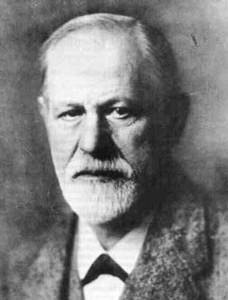Attachment
History Of Attachment Theory

The earliest roots of attachment theory can be found in Sigmund Freud's psychoanalytic theory of development, written at the turn of the twentieth century. Freud was the first theorist to propose a stage theory of development. His first stage, the oral stage, presupposed that infants develop relationships with their mothers, because mothers satisfy their hunger. Animal studies, however, provided persuasive evidence that feeding was not a sufficient explanation for attachment. In a series of famous experiments, Harry Harlow and his colleagues demonstrated that infant rhesus monkeys, raised in isolation, preferred the comfort of a cloth-covered surrogate mother to that of a wire-mesh surrogate with an attached feeding bottle. Clearly, the basis for attachment relationships does not reside in feeding alone. Erik Erikson, a student of Freud's, foreshadowed attachment theory by emphasizing the importance of children's ability to trust parents to meet their needs as the basis for later social and emotional development.
World Wars I and II alerted mental health professionals and the general public alike to the importance of close interpersonal relationships in development. Particularly in Europe, where casualty rates were highest, psychological trauma due to the loss of loved ones was common. Therapists, in fact, reported that death of family members was a frequent reason for individuals to seek therapy during the postwar years. In this context, British psychiatrist John Bowlby, while working with children and adolescents in London orphanages, discovered that the most disturbed children were those who had experienced separations from their caregivers, particularly their mothers. Consider, for example, his account of a seven-yearold girl:
At twelve months she fell ill with bronchitis and was in the hospital for nine months …During this time she never saw her parents, who were only permitted to visit her when she was asleep …When examined at the Clinic [at seven years of age] she was found …to be a withdrawn, detached, and unemotional child (Bowlby 1940, pp. 159-160).
Bowlby also noted that children who developed behavioral and emotional problems often experienced parenting that was characterized by displays of ambivalence or outright rejection. Based on these observations, he hypothesized that a caregiver's emotional attitude toward a child had direct implications for that child's later mental health. In other words, he believed that mental health is dependent upon a child feeling wanted and loved.
Additional topics
Social Issues ReferenceChild Development Reference - Vol 1Attachment - History Of Attachment Theory, Three Main Propositions Of Attachment Theory, Mary Dinsmore Salter Ainsworth And The Strange Situation